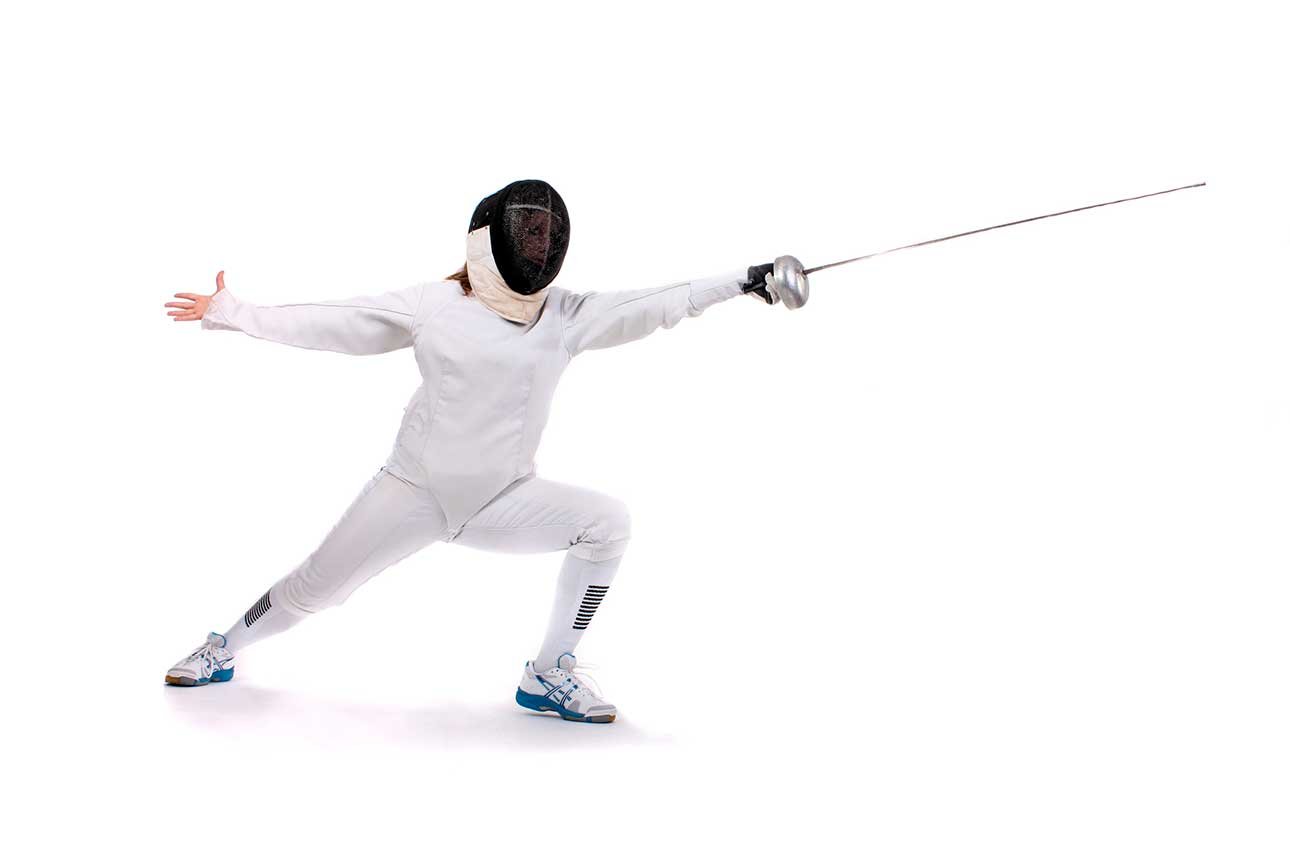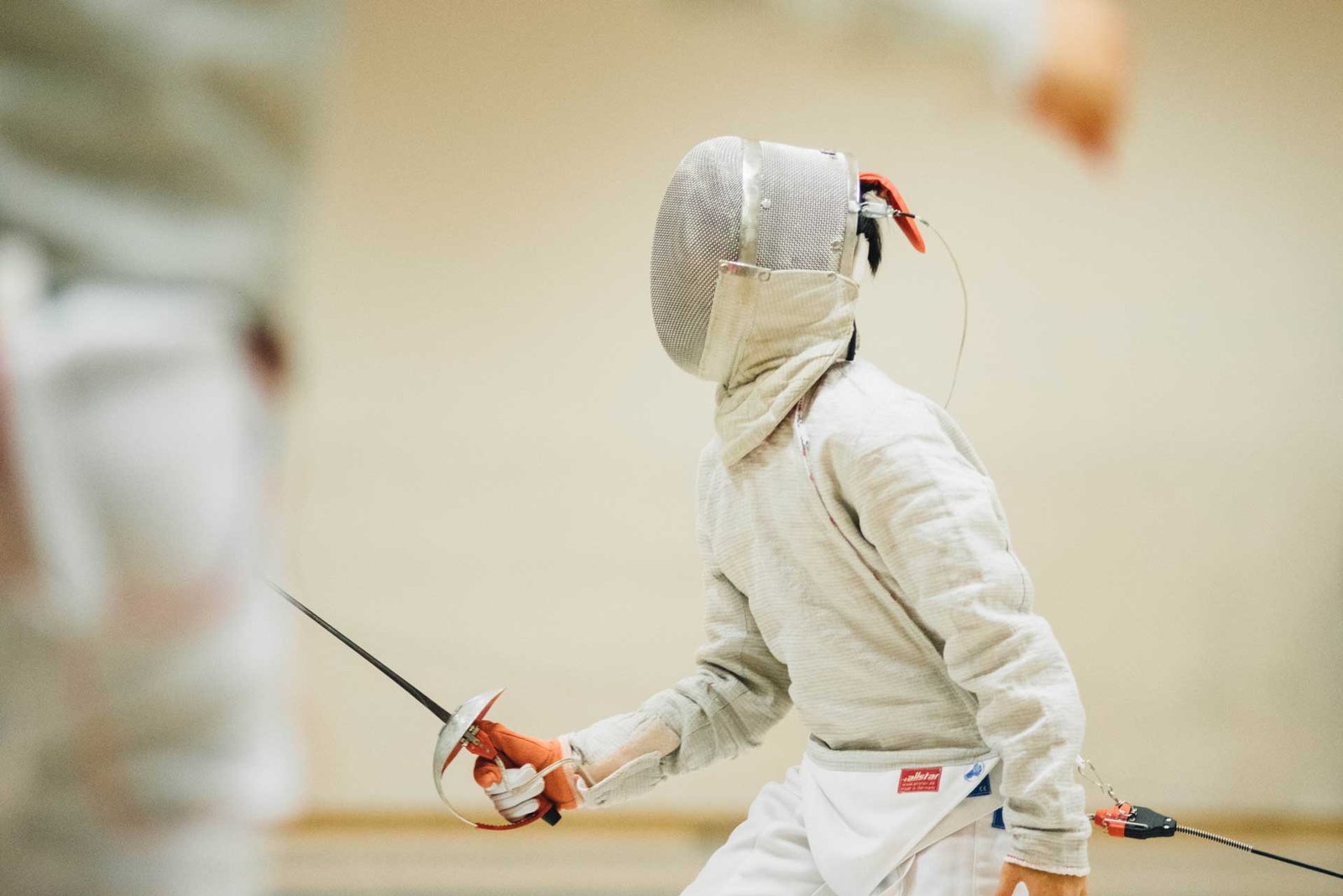Fencing, one of the most complete sports in terms of physical exercise refers to the pair of one of the most attractive for intellectual development. Hence the key to its success: the balance derived from its practice between mental and physical qualities.
It is a sport full of emotion, in which concentration, speed, balance and coordination are especially enhanced. It is a practice of evasion that speeds the reflexes and sharpens the intelligence.
On the physical plane, his practice increases speed, dexterity and strength, we speak of a sport where the whole body acquires prominence. The legs are used to move and the arms to execute the movements with the weapon. All the physical qualities are worked: resistance (the duration of a combat must be endured efficiently), strength (arms and legs are strengthened, as well as the trunk, to be able to support the weight of the weapon and the technical positions that are required in fencing), speed (faster in the execution of actions, greater success in getting hits) and flexibility (the greater the amplitude it can perform with the corporal segments, the greater mobility to be able to get touches).
In the Intellectual plane the most important psychic qualities are educated : will, self-control, initiative, security, intelligence and the formation of habits and qualities necessary in the multifaceted activity of the individual.










